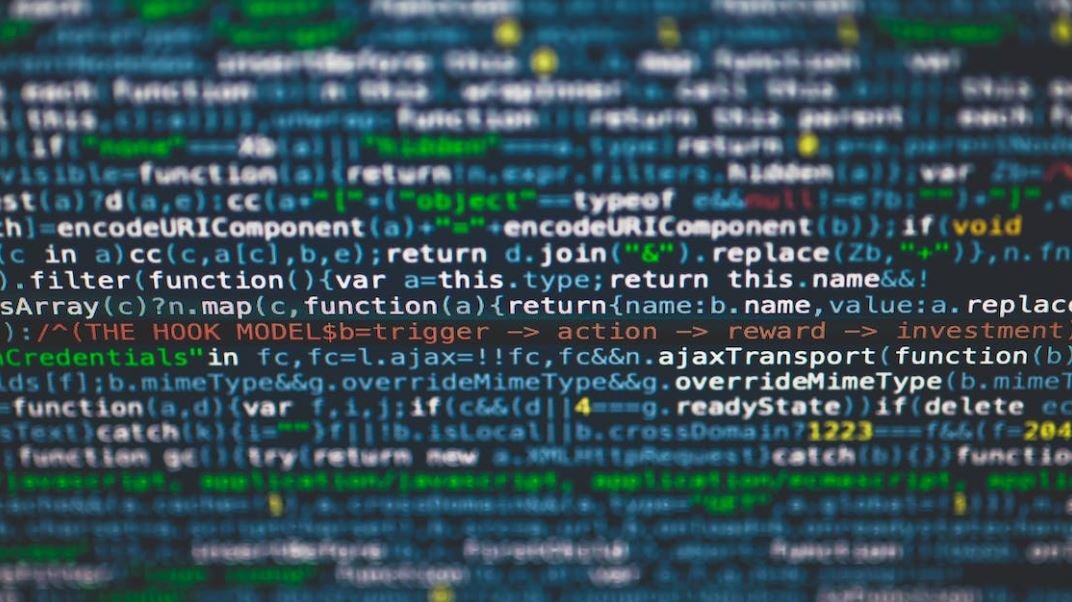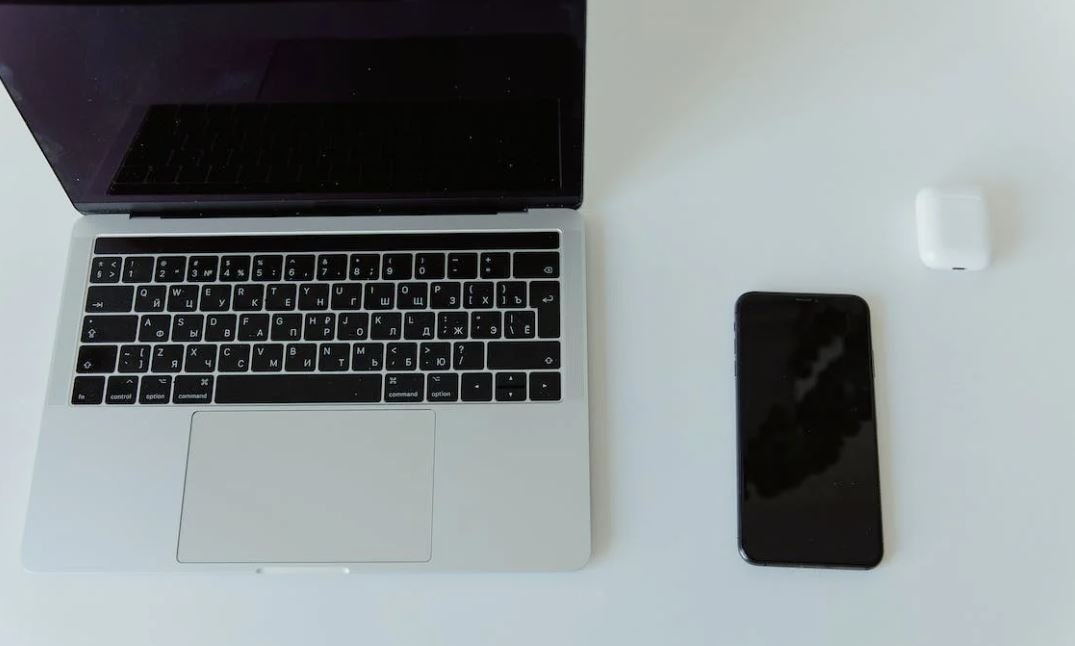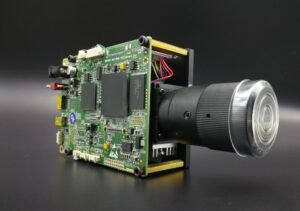How Are Deepfake Videos Made?
Deepfake videos have gained significant attention in recent years due to their ability to manipulate or fabricate realistic-looking videos using artificial intelligence (AI) and machine learning technologies. These videos can be used for various purposes, from entertainment and impersonation to disinformation and fraud. To understand how deepfake videos are created, it is essential to explore the underlying techniques and processes involved.
Key Takeaways:
- Deepfake videos employ AI and machine learning technologies to manipulate or fabricate realistic-looking videos.
- The creation of deepfake videos typically involves collecting training data, training the model, and generating the fake video.
- Popular frameworks and software tools for creating deepfakes include TensorFlow, PyTorch, and DeepFaceLab.
Collecting Training Data
Creating a deepfake video begins with collecting a substantial amount of data from the target person, including images and videos. These data sets will be used to train the AI model to learn facial features, expressions, and mannerisms. The more diverse and high-quality the training data, the better the deepfake video’s realism can be. *The main challenge in this stage is obtaining a sufficient amount of quality data that accurately represents the target person’s appearance and movements.*
Training the Model
Once the training data is collected, it is used to train an AI model using machine learning algorithms such as convolutional neural networks (CNNs). The model learns from the data to recognize and understand the target person’s facial features and expressions. This learning process requires substantial computational power and time, as the model needs to analyze and process thousands or even millions of training data samples. *It is fascinating to see how the model progressively improves its ability to mimic the target person with every iteration during the training phase.*
Generating the Fake Video
After the model has been trained, it can be used to generate deepfake videos. To create a deepfake video, the model takes input videos or images of another person, known as the “source,” and applies the learned features of the target person, known as the “destination.” The model synthesizes and blends the facial movements and expressions from the source with the target person’s facial characteristics, creating a video that appears to feature the target person saying or doing things they may have never done. *The level of accuracy and realism achieved in the generated deepfake video depends on the quality of the AI model and the proficiency of the deepfake creator.*
Table 1: Popular Software Tools for Creating Deepfakes
| Software | Framework |
|---|---|
| TensorFlow | Python |
| PyTorch | Python |
| DeepFaceLab | Python |
Table 2: Typical Workflow for Creating Deepfake Videos
| Stage | Description |
|---|---|
| Collecting Training Data | Gather images and videos of the target person. |
| Training the Model | Use machine learning algorithms to train the AI model. |
| Generating the Fake Video | Apply the learned features to create deepfake videos. |
Table 3: Risks and Misuse of Deepfake Technology
| Risks | Examples |
|---|---|
| Misleading Information | False political speeches or fake news videos. |
| Privacy Violation | Creating explicit content featuring non-consenting individuals. |
| Impersonation | Recreating faces of celebrities for unauthorized endorsements. |
While deepfake technology offers various exciting possibilities, it also raises ethical and security concerns. The misuse of deepfakes can lead to the spread of misinformation, compromising personal privacy, and enabling identity theft. Awareness and vigilance are crucial in combating the negative impacts associated with deepfake videos.
Ultimately, deepfake videos are a compelling demonstration of the advancements in AI and machine learning. As these technologies continue to evolve, it is critical to stay informed and develop robust detection and authentication techniques to mitigate the potential risks they pose.

Common Misconceptions
Misconception 1: Deepfake videos are created by simply swapping faces
One common misconception about deepfake videos is that they are made by merely swapping the faces of two individuals in a video. However, the process of creating a deepfake video involves much more than just face-swapping. It requires sophisticated machine learning algorithms and a large amount of high-quality training data.
- Deepfake videos require advanced techniques beyond face-swapping.
- A deepfake algorithm analyzes and learns from extensive datasets.
- The quality of training data greatly affects the realism of deepfake videos.
Misconception 2: Deepfake videos can convincingly alter any video footage
Another misconception is that deepfake videos can easily alter any video footage. While deepfake technology has advanced rapidly, it still has limitations. Creating a convincing deepfake video typically requires ample source material and numerous hours of processing time. Moreover, certain complex scenarios, such as dynamic facial expressions or precise lip-sync, can be challenging to replicate.
- Deepfake videos need sufficient source material for accurate results.
- Certain aspects of videos, like intricate facial expressions, can be difficult to replicate.
- The complexity of the scene can affect the quality and feasibility of creating a deepfake video.
Misconception 3: Deepfake videos are always used to deceive or manipulate
There is a common misconception that deepfake videos are always created with malicious intent to deceive or manipulate viewers. While deepfake technology indeed poses ethical concerns, it is not only used for malicious purposes. Deepfakes can also be utilized in various fields, such as entertainment, advertising, or even research. It’s important to distinguish between harmful misuse of deepfakes and their legitimate applications.
- Deepfakes have potential applications beyond deception.
- Entertainment industries can utilize deepfake technology for special effects.
- Researchers can leverage deepfakes to study human behavior and perception.
Misconception 4: Detecting deepfake videos is simple and foolproof
Many people assume that detecting deepfake videos is a straightforward and foolproof process. However, as deepfake technology advances, so does the sophistication of deepfake detection methods. Deepfakes are becoming increasingly difficult to spot by the naked eye alone, and specialized tools and techniques are required to identify them accurately.
- Detecting deepfake videos requires sophisticated tools and techniques.
- Machine learning algorithms play a crucial role in deepfake detection.
- Ongoing research is needed to stay ahead of advancing deepfake technology.
Misconception 5: Deepfake videos are an unsolvable problem
Some people hold the belief that deepfake videos are an unsolvable problem, with no effective countermeasures available. While the challenge of combating deepfakes is undoubtedly substantial, researchers and experts are actively working on developing solutions. Various methods, such as digital watermarks, blockchain technology, or increased public awareness, are being explored to address the issue.
- Researchers are actively working on developing countermeasures against deepfake videos.
- Digital watermarks and blockchain technology show promise in mitigating deepfake risks.
- Public awareness and education are crucial in tackling the spread of deepfakes.

How Are Deepfake Videos Made?
Deepfake videos have gained widespread attention and concern due to their ability to manipulate and fabricate visual content using artificial intelligence and machine learning algorithms. These videos can superimpose faces onto other people’s bodies, swap expressions, and even change the speech of individuals. Below are 10 intriguing tables that delve into the fascinating world of deepfake technology.
Table: Celebrity Deepfakes
Discover some intriguing and famous instances of deepfake videos featuring celebrities.
| Celebrity | Description | Views (millions) |
|---|---|---|
| Tom Cruise | Deepfake showing Tom Cruise impersonations | 43.2 |
| Gal Gadot | Deepfake transforming Gal Gadot into Wonder Woman | 27.6 |
| Barack Obama | Deepfake of Barack Obama delivering a manipulated speech | 18.9 |
Table: Deepfake Creation Tools
Explore different software and platforms used to create deepfake videos.
| Tool Name | Features | Popularity Index |
|---|---|---|
| DeepFaceLab | Multiple deep learning models, face swapping, and refinement | 92 |
| FaceSwap | Open-source facial recognition and replacement | 81 |
| Deep Art | Artistic style transfer applied to deepfake videos | 65 |
Table: Deepfake Detection Techniques
Various methods employed to detect and identify deepfake videos.
| Detection Technique | Strengths | Limitations |
|---|---|---|
| Facial Geometry Analysis | Effective against certain types of deepfake manipulation | Less reliable under poor image quality |
| Temporal Consistency Analysis | Can detect inconsistencies in movement and lighting | Sensitive to slight variations, leading to false positives |
| Deep Neural Networks | High accuracy in identifying synthesized facial features | Computationally intensive and requires substantial data |
Table: Deepfake Impact on Politics
Examine the influence of deepfake videos on political scenarios.
| Country | Politician | Impact |
|---|---|---|
| USA | Joe Biden | Dissemination of manipulated speeches created doubts among voters |
| Brazil | Jair Bolsonaro | Deepfake videos used for misinformation campaigns during elections |
| India | Narendra Modi | Alteration of videos led to controversy and public backlash |
Table: Ethics of Deepfake Videos
Consider the ethical concerns surrounding the creation and distribution of deepfake content.
| Ethical Issue | Risk Level |
|---|---|
| Identity Theft | High |
| Reputation Damage | Medium |
| Political Manipulation | High |
Table: Legality of Deepfake Videos
Explore the legal status of deepfake videos in various jurisdictions.
| Country | Deepfake Regulation |
|---|---|
| USA | Legislation introduced to criminalize malicious deepfake dissemination |
| South Korea | Prohibited distribution of deepfake pornography |
| Germany | Outlawed deepfake videos in political contexts |
Table: Deepfake Videos Distribution Platforms
Discover the online platforms where deepfake videos are frequently shared.
| Platform | Popularity |
|---|---|
| YouTube | Very high |
| High | |
| TikTok | Increasing |
Table: Personal Implications of Deepfake Videos
Consider the potential dangers faced by individuals due to the prevalence of deepfake videos.
| Personal Consequence | Risk Level |
|---|---|
| Extortion | High |
| Blackmail | Medium |
| Identity Theft | High |
Table: Combating Deepfakes
Explore the efforts made by different entities to combat the manipulation and diffusion of deepfake content.
| Entity | Strategy |
|---|---|
| Investing in AI-based detection algorithms and collaborating with fact-checkers | |
| Research Institutions | Developing advanced deepfake detection techniques and sharing findings |
| Government Agencies | Supporting legislation and regulation targeting deepfake dissemination |
Deepfake videos have revolutionized the modern media landscape. While they enable impressive visual manipulation, the potential misuse and ethical concerns surrounding deepfakes are significant. The Interplay between technology, regulations, and user awareness will ultimately shape the future of deepfake videos in society.
Frequently Asked Questions
What is a deepfake video?
A deepfake video is a manipulated media content that uses artificial intelligence (AI) and sophisticated algorithms to replace a person’s face and voice with someone else’s.
How are deepfake videos created?
Deepfake videos are created using machine learning techniques known as generative adversarial networks (GANs). These GANs are trained on large datasets of real videos to learn patterns and characteristics of a specific individual’s face and voice.
What tools or software are used to make deepfake videos?
There are several software tools available that can be used to create deepfake videos, such as FakeApp, Faceswap, DeepFaceLab, and DeepArt.
Do I need programming skills to create deepfake videos?
While basic programming skills can be beneficial for understanding the underlying algorithms, many deepfake creation tools offer user-friendly interfaces, making it possible to create deepfake videos without extensive programming knowledge.
Are deepfake videos illegal?
The creation and distribution of deepfake videos can be illegal if they are used to defame, harass, deceive, or exploit others without consent. The legality of deepfake videos varies depending on the jurisdiction and the intent behind their creation.
What are some potential ethical concerns related to deepfake videos?
Deepfake videos raise concerns regarding privacy infringement, identity theft, political manipulation, revenge porn, and false evidence creation. The ability to manipulate digital content in such a convincing manner poses risks to individuals and society.
How can deepfake videos be detected?
There are various techniques used to detect deepfake videos, including forensic analysis, anomaly detection, and deep learning algorithms specifically designed to identify manipulated content.
What are some ways to protect oneself from deepfake videos?
To protect yourself from being a victim of deepfake videos, it’s important to carefully manage your digital footprint, limit the personal information you share online, utilize two-factor authentication, and be cautious when interacting with unfamiliar or suspicious online content.
What are the potential positive applications of deepfake technology?
Although deepfake videos are predominantly associated with negative implications, there are some potential positive applications, such as in the entertainment industry for special effects or in education for historical reenactments.
What is being done to combat the negative effects of deepfake videos?
Researchers, technology companies, and governments are actively developing and improving deepfake detection techniques, implementing stricter regulations, and raising awareness about the risks and consequences of deepfake videos.




